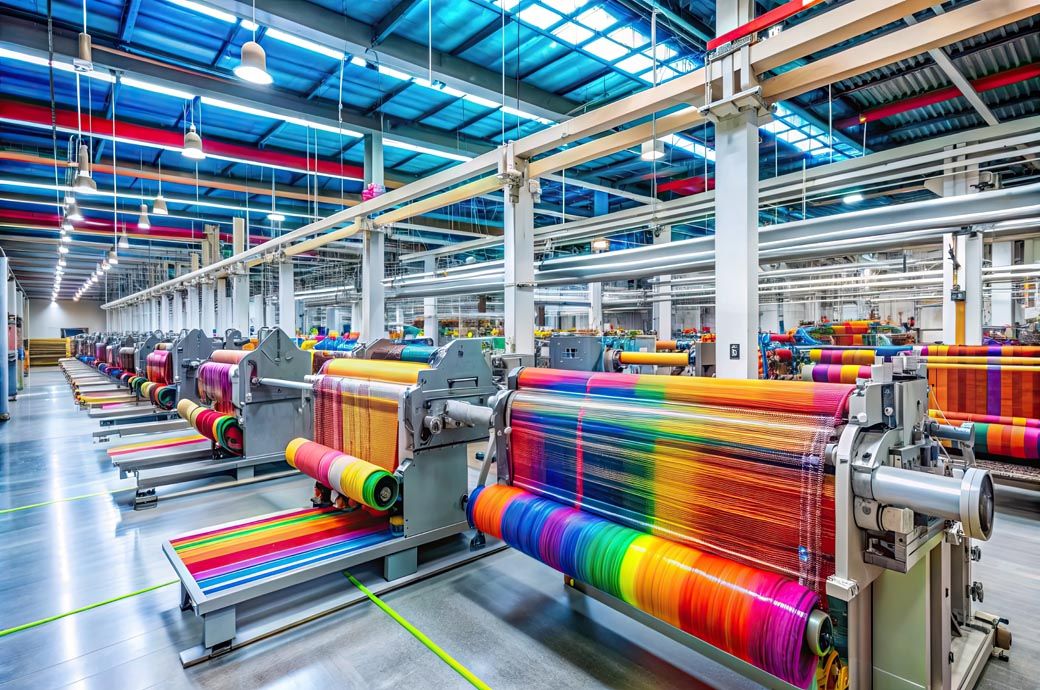
Improved business conditions in China, with a five-month high PMI reading of 51.5, and the rest of Asia, where the PMI rose to 51.1 on an average, contrasted with a deepening downturn in the Eurozone, whose PMI sank to 45.2. Conditions came close to stabilising in the United States (PMI at a five-month high of 49.7).
Three of the five PMI sub-indices were at levels consistent with expansion in November, as output and new orders registered mild growth and average vendor lead times lengthened.
In contrast, employment and stocks of purchases both decreased. Manufacturing production rose for the second successive month in November. Although the rate of expansion was only slight, it was nonetheless the best since June, S&P Global Intelligence said in a release.
November saw the level of incoming new business rise for the first time in five months, albeit only marginally. The trend in international trade flows remained weak, however, as intakes of new export work contracted for the sixth consecutive month.
Export gains were limited to eight countries in November. India saw the strongest growth, followed closely by Spain, which bucked the broader trade malaise reported out of the eurozone.
Strong export gains were also seen in Taiwan and South Korea, as well as Russia. China saw improved export performance, in contrast to the United States and Japan, both of which witnessed overseas demand decline again. The bottom of the export rankings was dominated by European economies, with France reporting the sharpest decline.
Manufacturing employment declined globally for the fourth successive month in November. Staffing levels were reduced in the euro area (on an average), China, Japan and the United Kingdom, whereas the United States, India and Brazil were among the nations to register jobs growth.
Input buying volumes across the global manufacturing sector increased for the first time since June, but stocks of both finished goods and raw materials declined.
Business optimism improved globally to a six-month high, with confidence levels rising across the consumer, intermediate and investment goods industries.
Price pressures strengthened during November. This was signalled by mild pick-ups in the rates of inflation of both input costs and selling prices. Increased costs partly reflected supply-chain stresses, as average vendor performance deteriorated for the sixth month in a row.
ALCHEMPro News Desk (DS)
Receive daily prices and market insights straight to your inbox. Subscribe to AlchemPro Weekly!